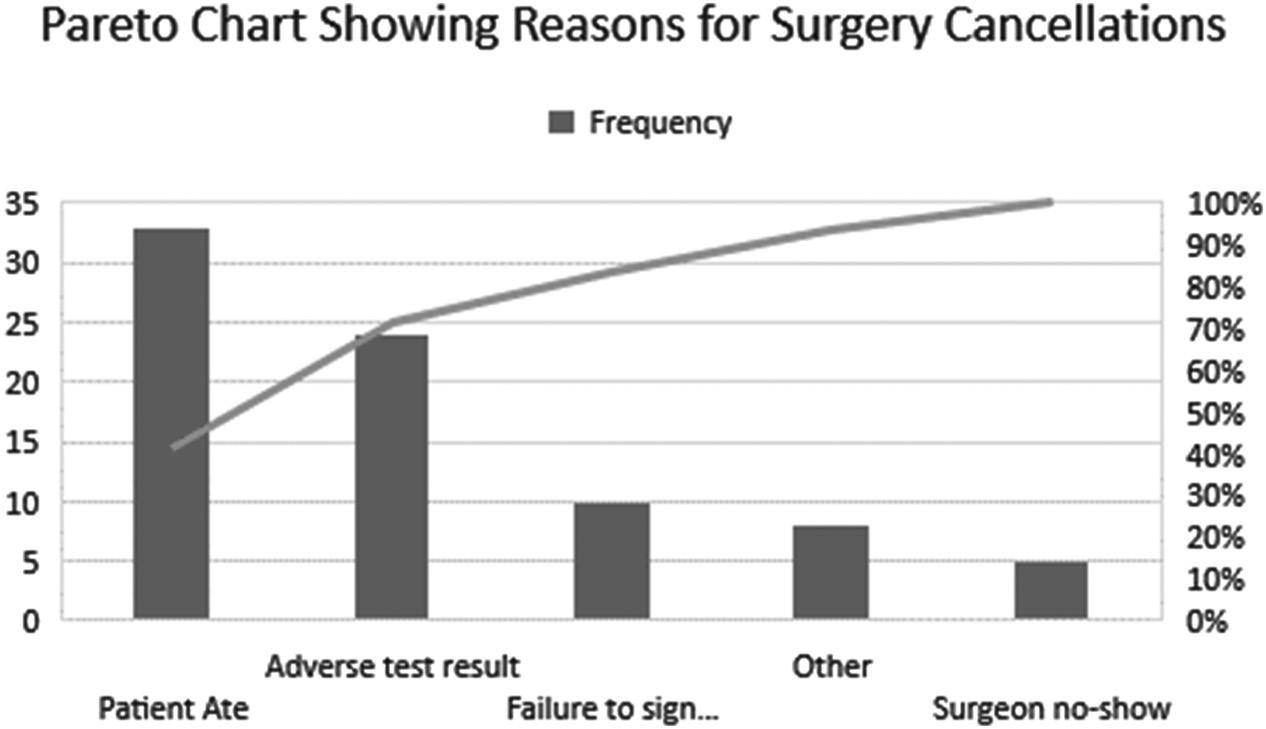Chapter 6
Lean Management System Lean management is a systematic approach to continuous improvement requiring those closest to the work to improve their work processes by achieving small, incremental changes that create value for the customer, improve efficiency and productivity, and reduce waste. The role of leadership in a lean organization is not to be the problem solver or the source of all answers. Instead, the primary focus of leadership is to create and facilitate an environment in which the workforce can feel empowered to solve problems. One of the goals of a lean organization is to have the entire organization actively engaged in problem solving, compared to traditional organizations in which 10%–20% of the workforce participates in problem solving. Unfortunately, the lean philosophy has been bastardized by untrained practitioners and consultants. A popular misconception is that lean is suited only for manufacturing organizations. Not true! Lean applies to every business and every process. Businesses in all industries, including healthcare and governments, are using lean principles as the way to improve efficiency, productivity, reduce costs, and increase value. The lean philosophy consists of several elements and guiding principles, including the ones listed below: ◾◾ The lean starting point is the creation of value from the customers’ perspective. All inputs, activities, processes, and methods are aimed at value creation and waste elimination. ◾◾ Lean is built on a culture of continuous improvement, which is on display at every level of the organization and embraced by every team. ◾◾ Lean relies on the application of the scientific methods of process improvement and experimentation to create value for the customers. 101











